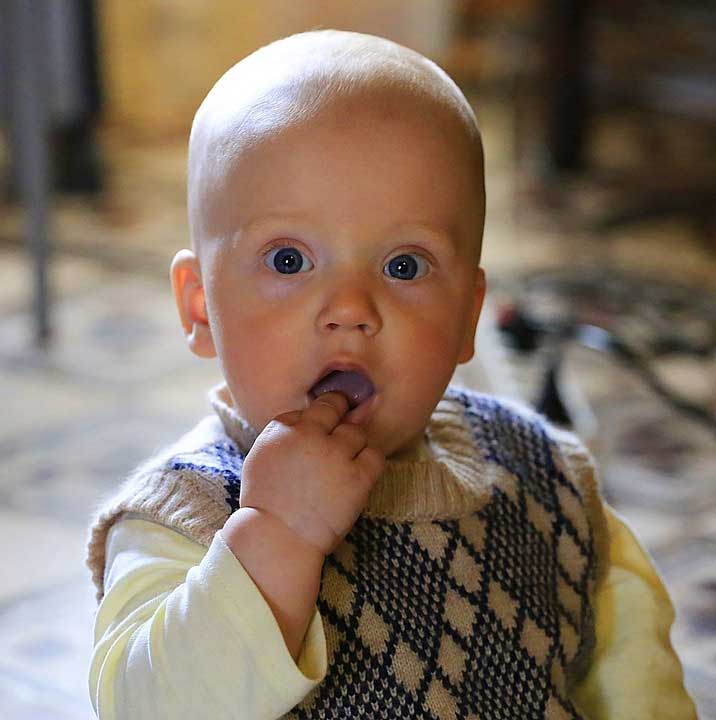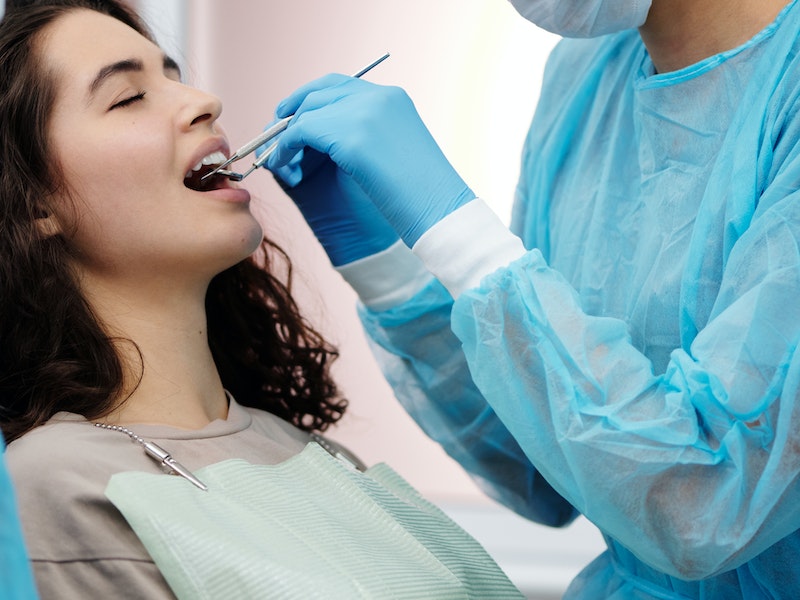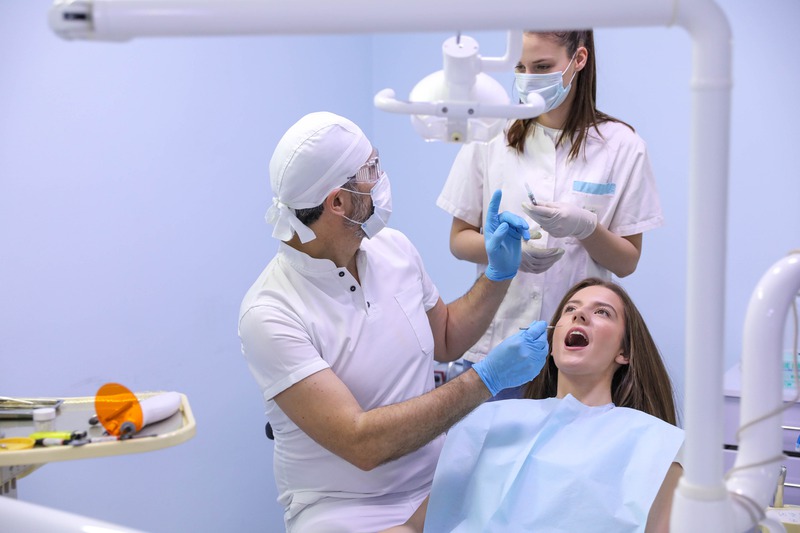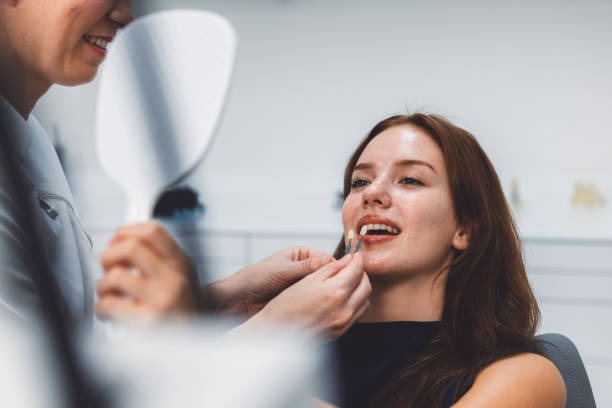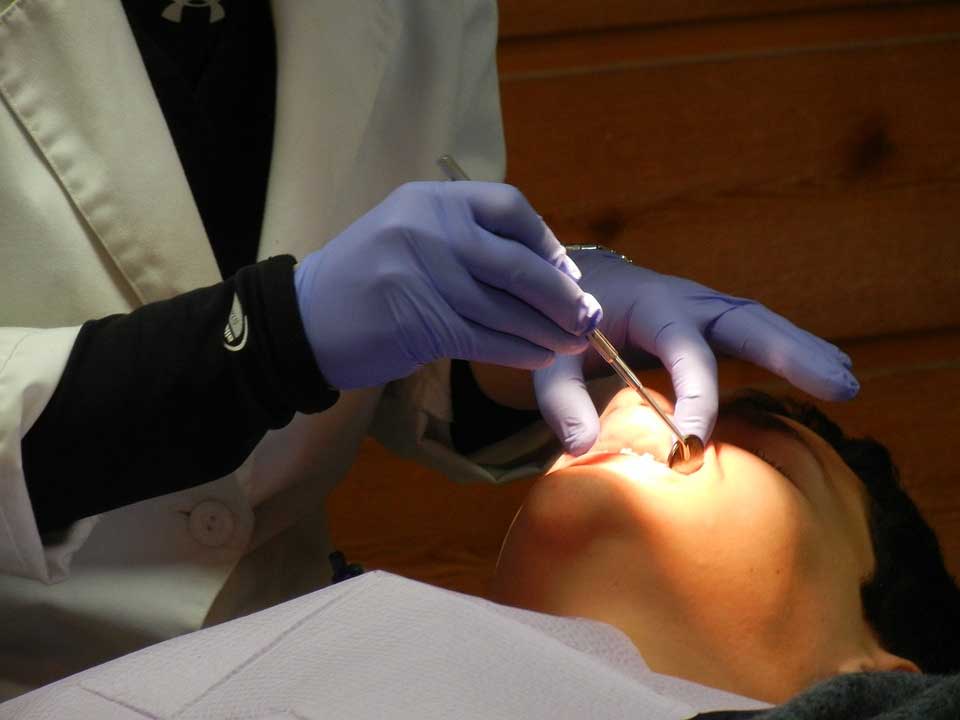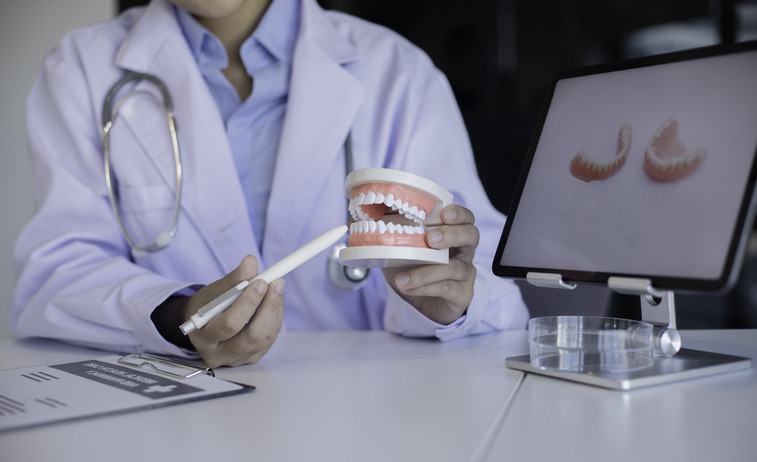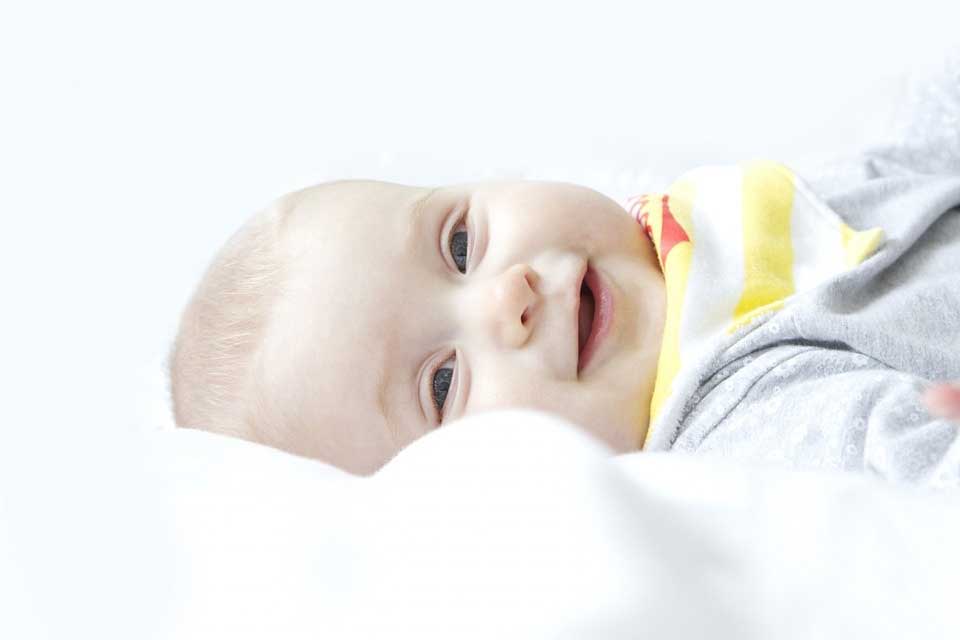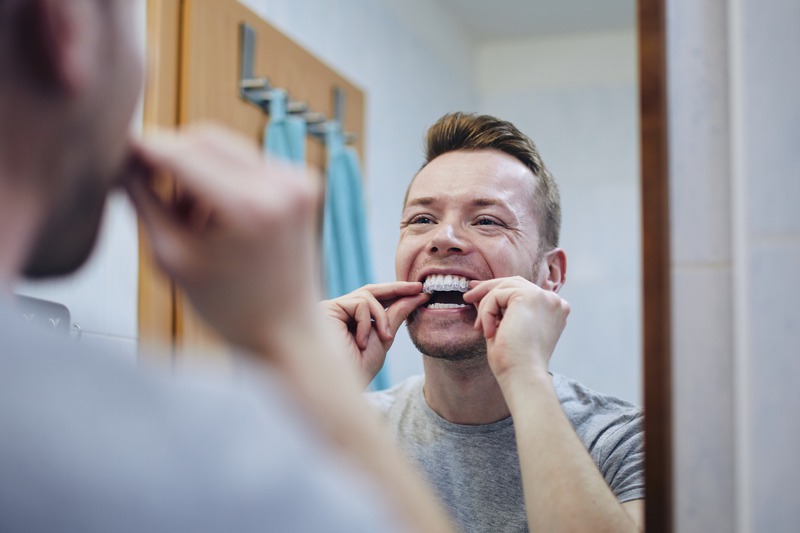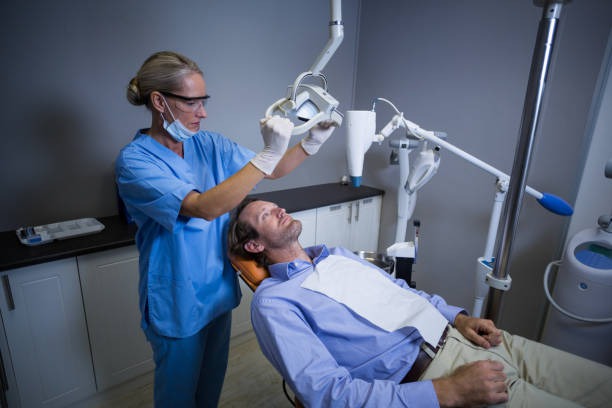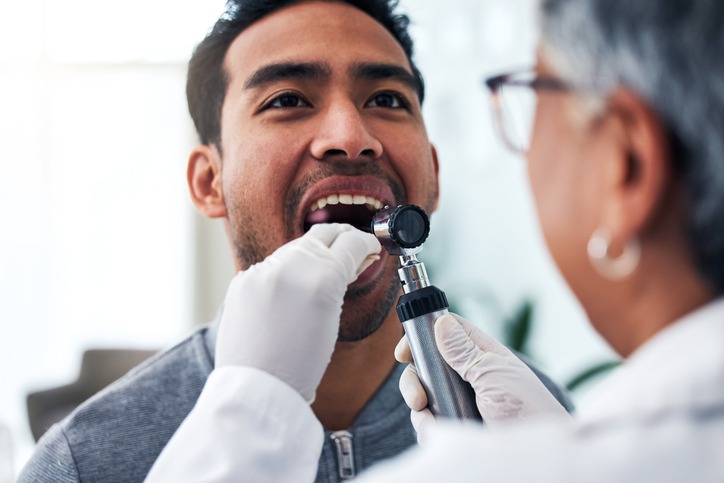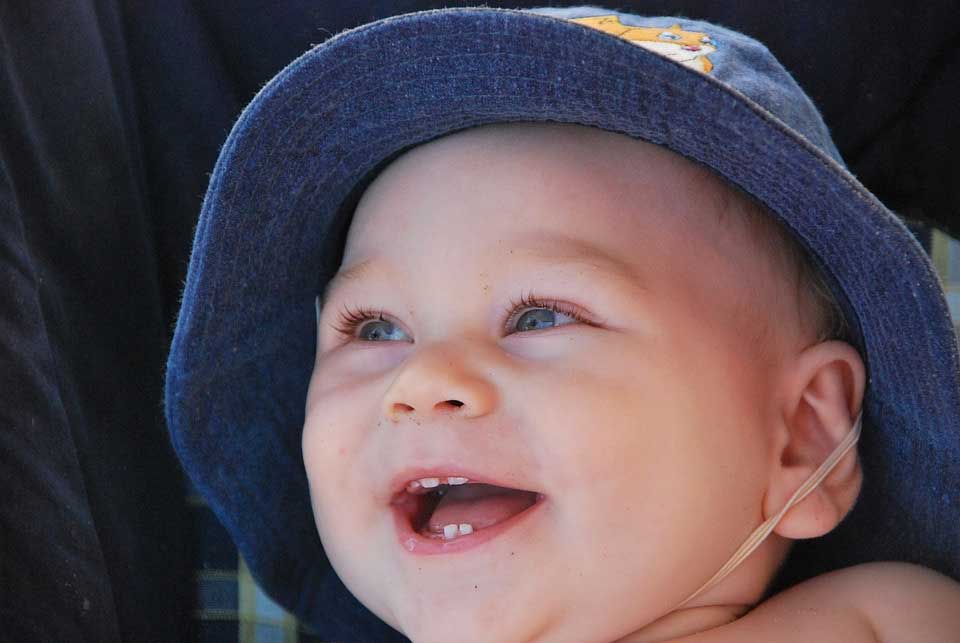
What If Your Baby Gets Their Upper Teeth First: Is This a Concern?
Watching your baby’s teeth grow is a milestone and a heartwarming memory. Parents often anticipate the appearance of their children’s teeth so they can care for them properly. With proper care and attention, the process of tooth eruption can be an exciting time for both parents and baby. In a world full of teeth myths and problematic dental issues, parents may have questions as soon as their babies begin teething. Which comes first, the lower teeth or the upper tooth? Let us have a look at the expected timeframe for when babies start tooth eruption and development.
Tooth Eruption: When Does Baby Teething Occur?
As children grow, they develop baby teeth, also known as deciduous, milk, or primary teeth. In pediatric dentistry, these are known as the temporary placeholders for adult teeth to come in and take part in a significant role in a child’s development. Milk teeth missing early because of decay can lead to overcrowding when adult teeth erupt.
Although teething can begin as early as three months, you will see your baby’s first tooth pushing through their gum tissue when they are between 4 and 7 months old. The first teeth that develop in babies are usually the two bottom front teeth.
After 4 to 8 weeks, they are to be followed by the growth of the four front upper teeth, known as the lateral and central incisors. Then a few months after, the two teeth in the bottom front flank, also called the lower lateral incisors, will appear. Hereafter, you can expect the development of the first molars and finally, the canine tooth erupts.
The Order of Baby Teeth
Technically, the first teeth a child grows hurt the most because it’s a new sensation. The same applies when their molars develop as these are bigger in size compared to the rest of the others. Teething symptoms and discomfort occur when the tooth cuts through the gums.
As soon as the tooth completely breaks through, the pain will start to subside. Toddlers somehow get used to the pain of baby teeth eruption and will eventually be able to endure it. Here’s a baby teeth timeline to provide you with a picture of the order in which teeth start growing.
- Lower central incisors: Emerges 6-10 months
- Upper central incisors: Emerges 8-12 months
- Upper lateral incisor: Emerges 9-13 months
- Lower lateral incisor: Emerges 10-16 months
- Upper first molar: Emerges 13-19 months
- Lower first molar: Emerges 14-18 months
- Upper canine or cuspid: Emerges 16-22 months
- Lower canine or cuspid: Emerges 17-23 months
- Lower second molar: Emerges 23-31 months
- Upper second molar: Emerges 25-33 months
How many teeth should kids have?
Most children who are a year old should already have grown 2 to 4 teeth. Its eruption usually continues until they are 3 years old. At this age, such a child should have a set of 20 primary teeth. Although it’s called “baby teeth,” these mini chompers can stay past a child’s baby years.
The first baby tooth commonly falls out to give way for your child’s permanent choppers when they’re six to seven years old. The last tooth will then be replaced at the age of 11 or 12. Meanwhile, some children do not get all 32 permanent teeth until they are past their 20s.
What if baby gets upper teeth first?
We all know the timetable for an average first baby tooth along with the norm that bottom teeth grow first. As a parent, it may be alarming to see your child’s front upper teeth begin erupting first. Since there is no exact timetable applicable for babies’ teeth development, having the upper portion of your baby’s teeth grow first is not something to be worried about.
The only important thing is that the child grows a total of 20 teeth on his third birthday. On the other hand, it’s different when teeth erupt out of order, as this can cause many potential complications. Adult teeth that erupt at a spot where they shouldn’t be can affect the spacing of the remaining permanent tooth that will come in later.
So always watch out for potential problems that should be addressed immediately to prevent long-term adverse effects that may cause pain and overcrowding.
Are your kid’s primary teeth erupting too late?
Many parents often worry when their kids’ tiny teeth don’t show up in the normal pattern. Typically, this delay is not something to be worried about for most kids. In some instances, delayed baby’s first teeth might signal an underlying issue that needs attention.
As mentioned earlier, the expected range for most babies’ first tooth appearance is within four to fifteen months old. If your child’s first tooth hasn’t grown within 18 months, take your child to a pediatric dentist or a dental surgeon for professional advice.
Tips on How to Care for Your Baby’s Teeth
Here are some of the most practical tips to make your child feel comfortable once their tooth appears:
- As teething pain can be uncomfortable, you can use a clean finger or a wet washcloth to rub or massage the baby’s gums.
- Teething may make your child drool excessively. Prepare a bib or a soft cloth to gently wipe and clean their face while preventing rashes from developing.
- It’s crucial to note that you can only give frozen treats like yogurt, applesauce, fruits, and teething biscuits to children who can eat solid foods. If the child hasn’t started eating solids, keep these away as these can be choking hazards. Moreover, it’s important to supervise them from the time you serve these until they finish it.
- Do not use teething gels and teething tablets, as these are not safe for kids. Professionals do not recommend using wood, silicone, plastic, and amber teething necklaces because these may pose risks for strangulation and choking.
- Give your baby something to chew on. Ensure it’s big enough that it can’t be choked on, swallowed, or broken into pieces. You may try using a wet washcloth from the freezer, but avoid using it when it’s rock hard to avoid bruising your little one’s swollen gums. Don’t forget to wash it after every use.
- Rubber teething rings are good, but avoid buying the ones with gel inside as these may break and leak into your baby’s mouth. If you’re already using one, chill it in the fridge, not the freezer. Avoid boiling it when you want it sterilized because significant changes in the temperature can damage the plastic and may cause the toxic chemicals to leak.
Ultimately
New parents excitedly anticipate the growth of their child’s deciduous teeth and permanent teeth. Though we have an estimate for a child’s teeth development, not every child goes through the same process. Having the upper teeth grow first shouldn’t be a problem as long as your child develops a complete set by the age of 3.
It’s also worth noting that baby teeth are not permanent, but they are important. Your child’s baby teeth can develop tooth decay which can be painful and distressing. Hence, it’s important to heed the American Academy of Pediatrics recommendation that babies who reach the age of one visit a pediatric dentist to ensure they have healthy baby teeth eruption.

